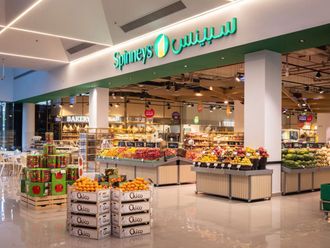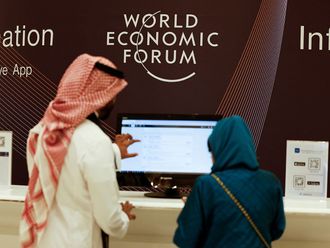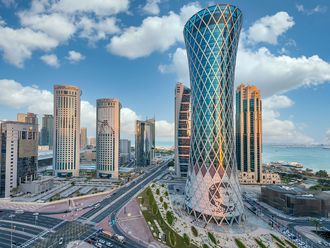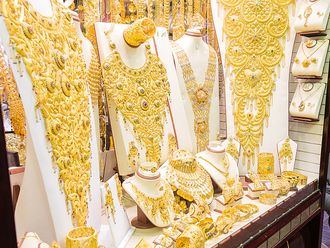China is in a strange conundrum. Good news now creates a scare. The good news is that the fourth quarter gross domestic product grew at 10.7 per cent. But a new fear that the government will wean the economy off the high power liquidity it became accustomed to last year has gripped the markets.
The Shanghai Composite Index, Hang Seng and MSCI Asia Pacific Index fluctuated all of last week. The fears of tightening money supply are not unjustified.
On January 12 the People's Bank of China, after learning that exports and imports had returned to the pre-crisis levels, raised the reserve ratio, the percentage of deposits local banks must keep aside, to 16 per cent.
The bigger blow came last week when Beijing asked its biggest banks to stop lending for the rest of January. This month alone, Chinese banks have lent 1.1 trillion yuan (Dh590 billion).
China which pumped massive amounts of investment in the financial system last year, as part of its 4-trillion yuan stimulus package, is now taking baby steps back by clamping down on lending. While this has had an immediate impact on property stocks, it is also worthwhile to see what's in store for China's state owned enterprises, or SOEs. Jiangxi Copper Co, China's biggest producer of the metal, lost 1.5 per cent.
Aluminum Corp of China, the nation's biggest maker of the lightweight metal, slid 1.4 per cent, while PetroChina dropped 1.2 per cent.
Tougher environment
State enterprises, which have benefitted the most from the stimulus packages, will find the going tougher this year. The government, which is putting the final touches to the 12th Five-Year Plan (2011-15), is veering away from SOEs and focusing on economic restructuring.
The planners want the economy more consumption driven, services oriented and environmentally friendly.
The People's Bank of China has encouraged commercial banks to extend more loans to support agriculture, small and medium-sized enterprises, and businesses in less-developed middle and western regions of China — all segments of the economy that could be important growth engines but create less bubbles.
So where does this leave China's SOEs? Largely perceived as unsophisticated monopolies with brute strength, will the SOEs actually lose state patronage or will they remain essential growth drivers?
It is safe to say that state enterprises have their roles cut out, even though the government may not do much hand holding from now on. Chinese SOEs have more than $2 trillion (Dh7.34 trillion) worth of reserves, with about three-quarters of that held in the US dollars.
The companies reported a year-on-year profit growth of 14.6 per cent in 2009, with profits totaling 797.7 billion yuan.
Companies like Aluminium Corp of China (Chinalco) said its sales revenue reached 142 billion yuan. Chinalco has had a steady running despite the international financial crisis. Like Chinalco, most SOEs are now doing away with outdated and highly energy-consuming production capacities.
In another innovative move, the Shanghai city government is restructuring its state-owned enterprises by pushing them to go public. The city is targeting a securitisation ratio of up to 90 per cent for State-owned companies.
The writer is a freelance journalist based in Shanghai.












